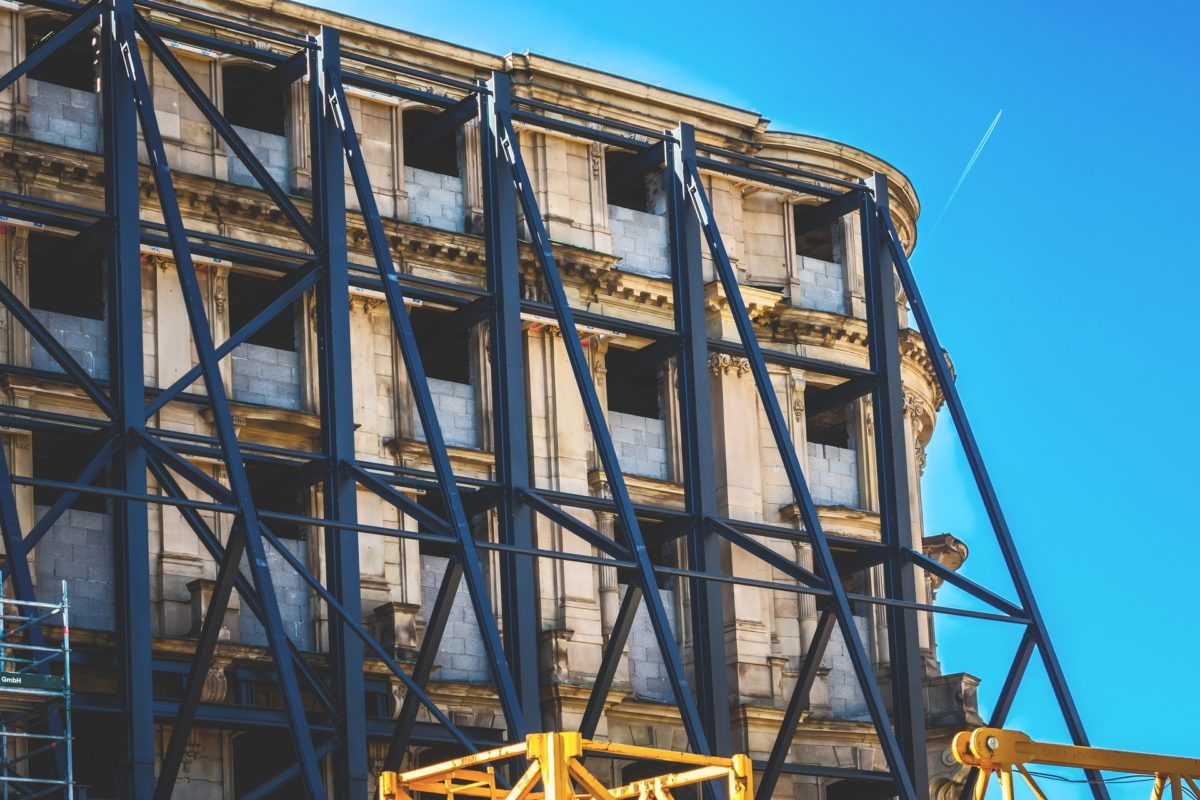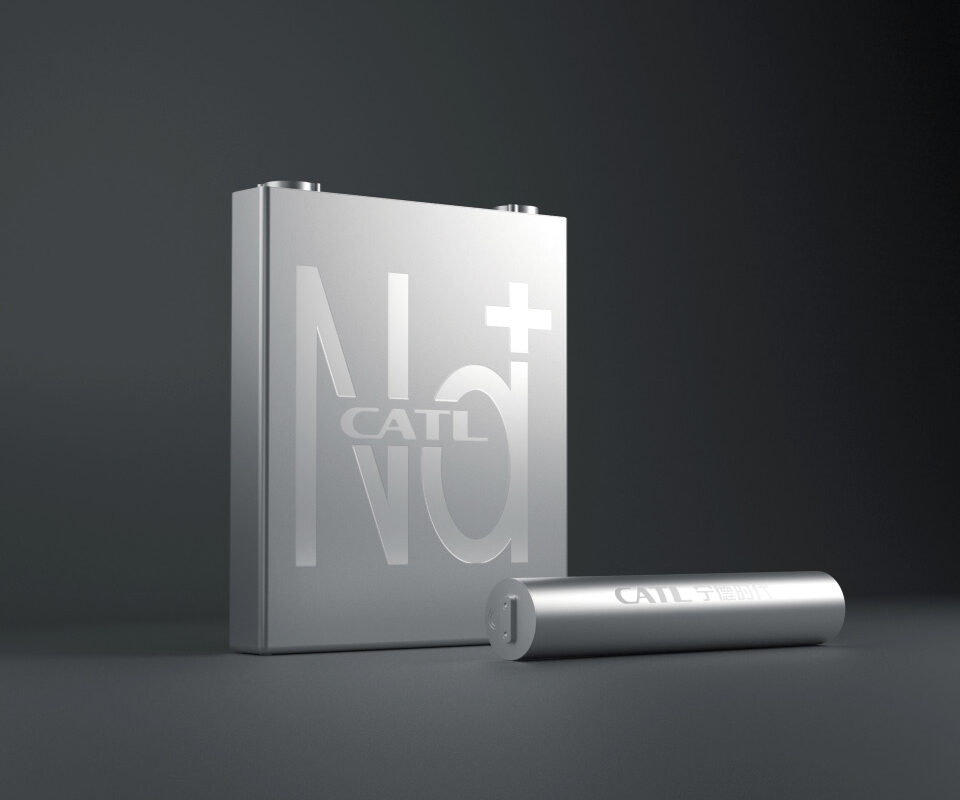Heat pumps are raising big hopes for the electrification of heating for buildings and households. However, their performance is still considered insufficient for satisfying, completely, heating demand. Their technical and financial viability, on the other hand, remains subject to different views, with some claiming that payback time is still too long and others saying they are far from achieving the required level to ensure that heating or cooling are efficiently provided.
According to recent research from the Karlsruhe Institute of Technology (KIT), in Germany, energy efficiency and building renovations may be the crucial factor to reduce heating demand, thus creating the conditions to help homeowners and real estate developers adopt heat pumps to electrify heating as much as possible.
The scientists analyzed, in particular, whether implementing building retrofitting and thermal energy storage, and installing individual hybrid heat pumps with back-up gas boilers, may help mitigate heat demand peaks in a renewable European energy system with net-zero CO2 emissions. “The European perspective is important because energy markets are already strongly coupled internationally and a cross-sectoral perspective is necessary to understand, for example, the impact of heat pump demand on electricity supply,” they explained.
In the paper Mitigating heat demand peaks in buildings in a highly renewable European energy system, recently published in Energy, the German group defined a model that considers space and water heating for the residential and services sector. “The industrial sector is not included and the required energy for cooking is incorporated in the electricity demand,” it specified. “The overall heat demand per country is distributed spatially, weighted by population density; and temporally, by creating time-series based on ambient air temperature and typical end-user behavior.”
Under this configuration, in which wind and solar contribute the largest share of electricity generation, with up to 95%, heating demand can be met by: power-to-heat, such as heat pumps and resistive heaters; gas-to-heat, such as combined heat and power (CHP), gas boilers and fuel cells; or solar thermal collectors and solid biomass-to-heat, in district heating networks. “Heat pumps of two categories are considered: ground-sourced, brine-to-water heat pumps, which are restricted to rural regions due to land requirements, and air-to-water heat pumps useable in areas with high population density,” the academics stated, noting that their model considers building renovation measures such as adding insulation material and replacing energy inefficient windows.
Through this analysis, the researchers found that, with the implementation of the three, above-mentioned measures, the overall cost for heating may be reduced in Europe, from €751 billion to €622 billion, and that building renovations may result in savings of €104 million per year. “The availability of individual back-up gas boilers has a more modest impact,” they pointed out. “In scenarios without building renovation, these provide a 6% overall cost reduction.”
According to them, building renovation, thermal energy storage and individual heat pumps with back-up gas boilers are efficient tools to mitigating heat demand peaks and may result in cost savings for the European energy system of up to 17%. “Building renovations, which result in 44–51% space heat demand savings, show the strongest effect on the reduction of total costs, with 14% cost savings,” they concluded. “Individual gas boilers that are used as back-up for heat pumps can be completely removed in rural areas with a minor cost increase of only 1-2% if the buildings are renovated.”
This content is protected by copyright and may not be reused. If you want to cooperate with us and would like to reuse some of our content, please contact: editors@pv-magazine.com.




As we move to an all-electric planet, hybrid heat pumps will play a critical role. Longer term, I look for community and metro hot/cold storage systems with solar boosting to greatly increase overall efficiencies.
We are also seeing heat pumps moving into automobiles for better thermal management as battery efficiencies improve.
Having been involved with heat pumps 50 years ago, I am pleased to see the planet’s needs now pulling this technology forward.
It is really important to be careful when making broad statements about “Heat Pumps”. With regard to Geothermal Heat Pumps (GHP) which the study did take into account, the statement “their performance is still considered insufficient for satisfying, completely, heating demand” is Completely False — GHP when properly designed absolutely DOES satisfy 100% of all the building loads — I suspect the reference was to Air Source Heat Pumps, but even then it is no longer true when speaking about some of the newest VRF models. The suggestion “ground-sourced… heat pumps .. are restricted to rural regions due to land requirements” is again False … as examples, check out the many GHP systems in NYC such as St. Patrick’s cathedral (Google “St. Patricks cathedral geothermal”), the Statue of Liberty (Google “Statue of Liberty geothermal”), and Cornell Tech (Google “Cornell Tech Roosevelt Island geothermal”).
We have to all beware of studies that call for continued Fossil Fuel Combustion using false or misleading claims. It could be that the authors just don’t understand how to implement GHP correctly, but they and everyone can learn by taking the appropriate Accredited Installer and Certified GeoExchange Designer trainings from IGSHPA and AEE. Hint — when you hear people say that fossil fuel burning will still be needed for HVAC, then immediately realize you are listening to someone who is either 1) not informed or 2) trying to willfully support fossil fuel use forever — there is no other reason to believe we need fossil for HVAC …. unless you are WAY far north or south, as in near/beyond the arctic circles.
There’s a reason Mark Jacobson’s RE100 plans are based on significant GHP adoption: A) GHP is the most efficient solution, B) GHP is the most economical Life Cycle Cost solution in most cases and especially in colder areas, and C) GHP is likely the ONLY solution for which we can also build an affordable electric grid that can supply the energy needed at the winter peak HVAC demand.
Why do so few articles on this subject fail to mention noise?!
Air source heat pumps generate quite a lot of noise, and multiple units in housing estates will multiply that to generate a great deal of noise.
I wouldn’t want neighbours of mine to be using ASHPs.
Yes, climate issues are critically important, but do we care so little about noise pollution as to not even think it with mentioning?
Noise pollution is a stressor to the human population and recent studies show that it is to wildlife too.
Isn’t it about time we took it more into account in these discussions?